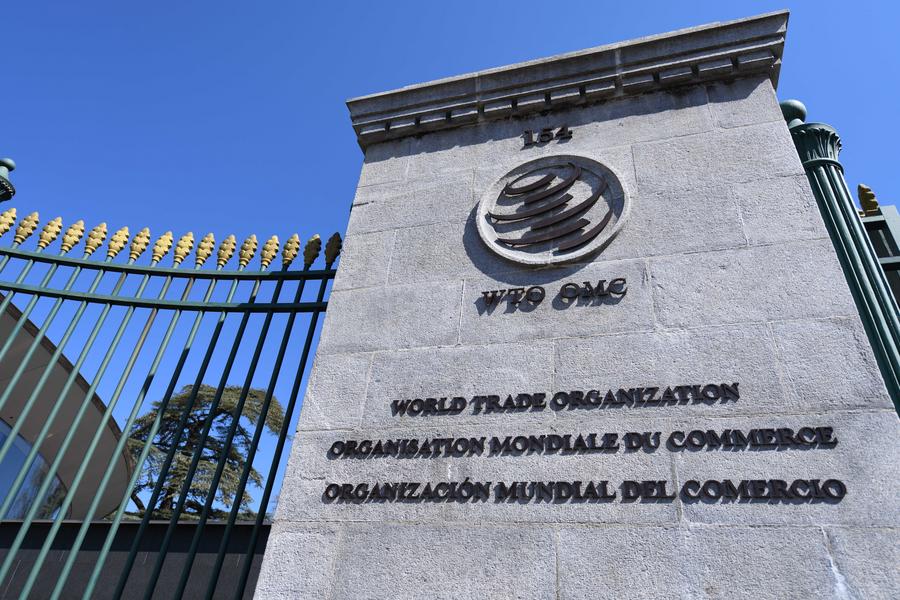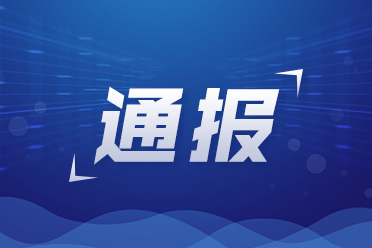How China coped with influx of “Western overcapacity” after WTO accession
2024-12-12 13:28 Xinhua
It is no secret that global trade thrives on surpluses resulting from countries producing beyond domestic demand. Yet, the term "overcapacity" has lately been conjured up as a negative spin on "surplus," fueling a fear-driven narrative in the West about China's manufacturing power.

A logo of the World Trade Organization (WTO) is seen in Geneva, Switzerland, on April 5, 2023. (Xinhua/Lian Yi)
A WTO article challenges the common perception that import competition in industrialized countries has led only to losses, emphasizing there are significant gains as well.
A deep dive into China's evolving industrial and import landscapes over the past 23 years helps reveal China's growth pains from coping with the influx of so-called "overcapacity" from Western countries if the theory sold so hard by the West lately can stand, and what the country has learned from that journey.
HEAD IN THE SAND OR FACE COMPETITION HEAD-ON?
As Dong recalled, the brutal competition that came on the heels of the country's WTO entry had forced domestic automakers into constantly seeking their way out using market forces.
"In the beginning, it was a must to use imported technologies as consumers preferred foreign technologies to low-quality innovation by domestic brands. As importing technologies grew too costly and profits too thin, they started independent research and development," Dong told Xinhua.
Robots work at a welding workshop of Voyah, a Chinese electric auto brand, in Wuhan, central China's Hubei Province, April 1, 2024. (Xinhua/Xiao Yijiu)







